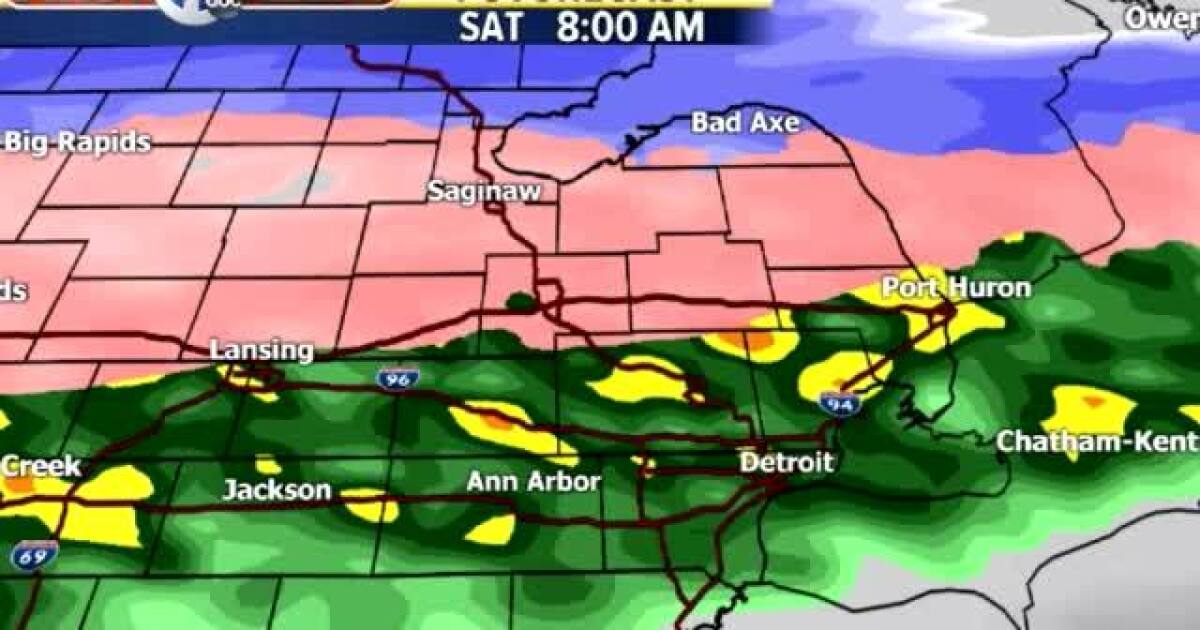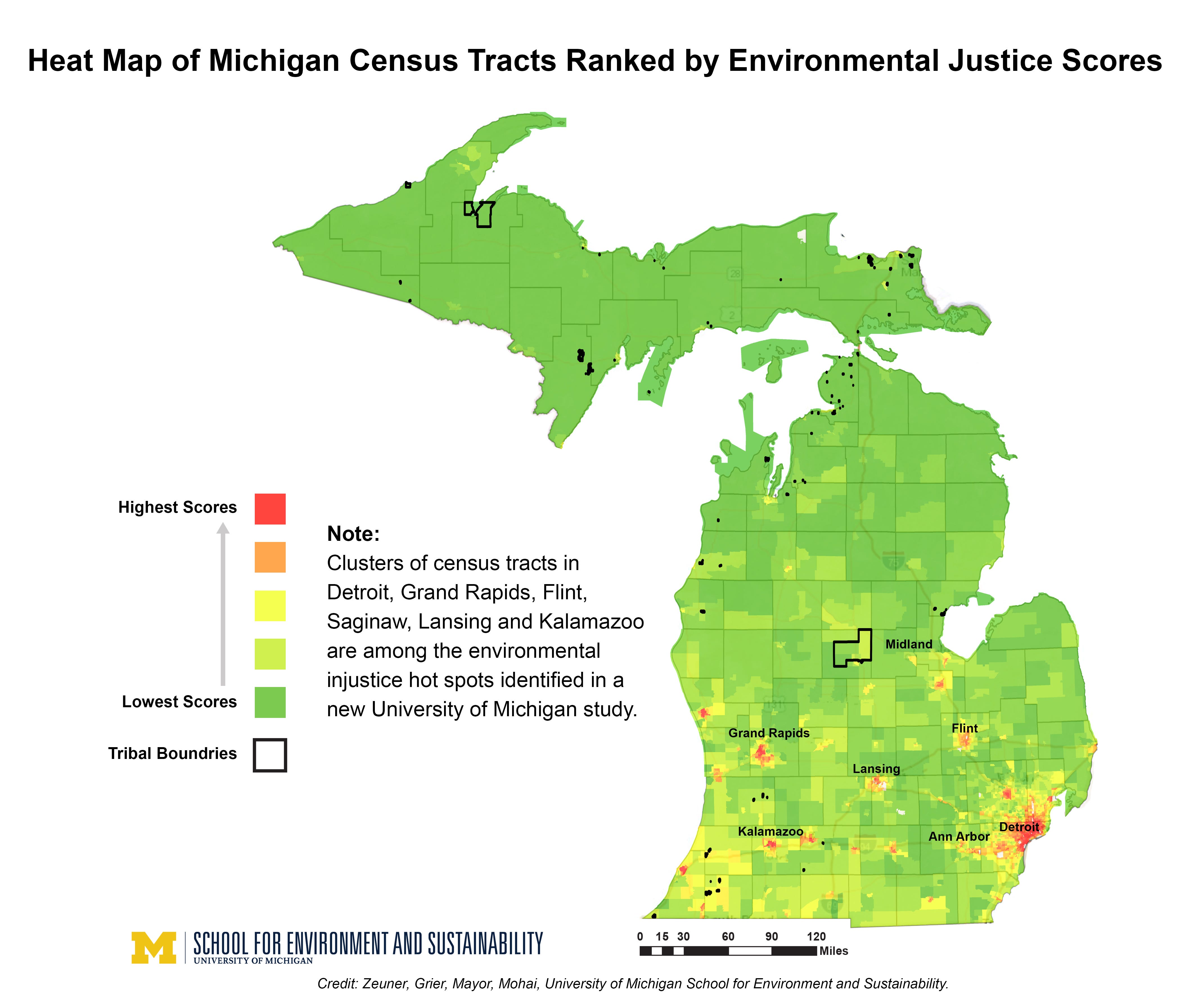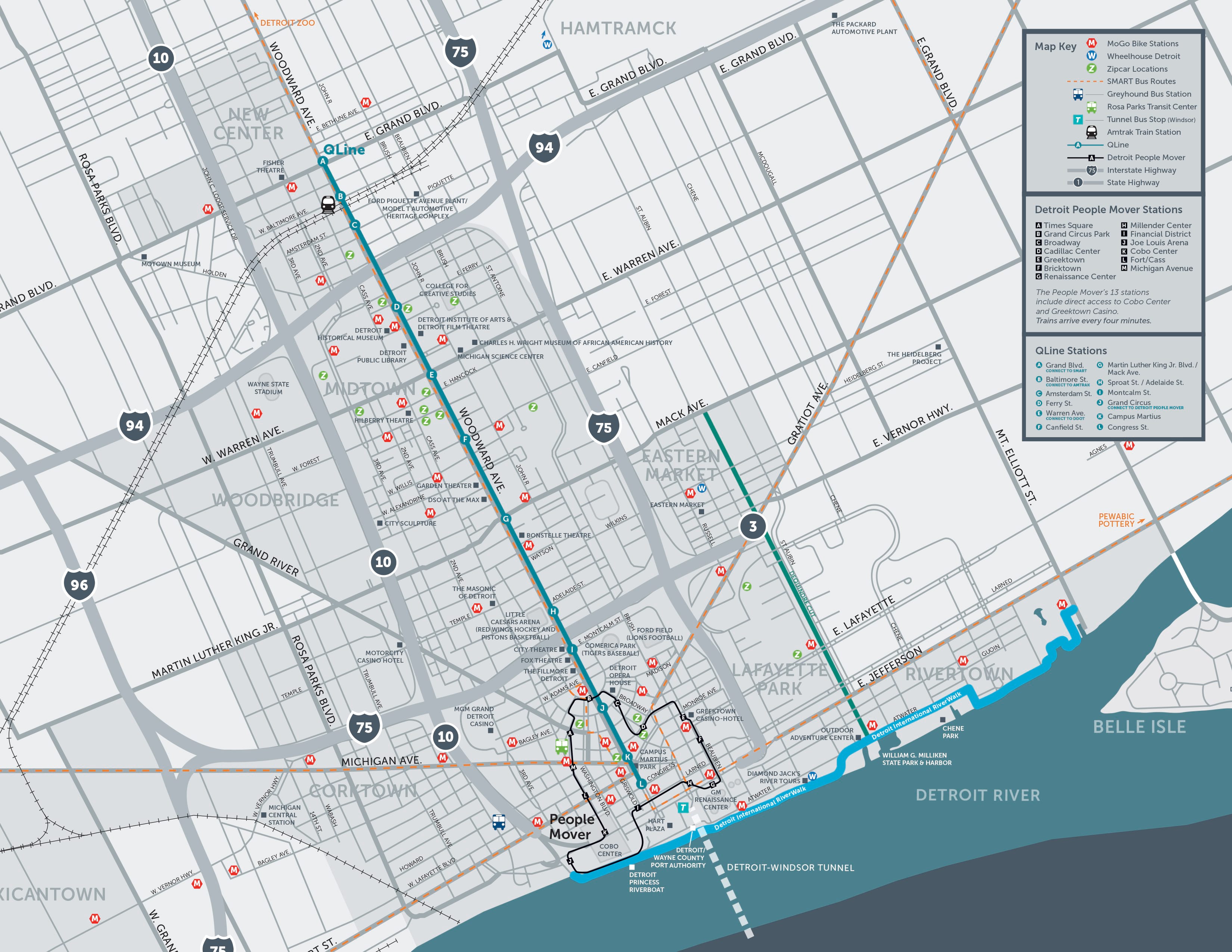

When two lines met, or shared a track, or terminated at a steamship landing, it threw differences in timekeeping into high relief.” Something clearly had to be done. To make matters worse, individual railroad and steamship lines each ran by their own standards of time–usually the time of the city the line originated in. In his 1990 book, Keeping Watch: A History of American Time, Michael O’Malley reveals that “A traveler on a westbound train, setting his watch at departure, might find after less than half an hour’s travel that his watch and the local time no longer agreed. Predicting the time a train would arrive at any particular stop was no small feat in the days before standard time. Traveling from north to south (or vice versa) presented no time problems but east to west (or west to east) was another story altogether. Too often, errors and mistakes turned out disastrously, for railroads were now running fast trains on tight schedules a minute or two might mean the difference between smooth operation and a collision.” “In every city and town,” historian Stewart Holbrook wrote in his 1947 book, The Story of American Railroads, “the multiplicity of time standards confused and bewildered passengers, shippers, and railway employees.

Indiana was slightly less confusing with just 23 local times, but Wisconsin-with 38-was a clock-watcher’s nightmare.

Indeed, there were at least 27 different local times within the state of Michigan alone. Or, when it was noon in Detroit, it was about 11:50 in Grand Rapids. in Pittsburgh, 12:24 in Cleveland, 12:13 in Cincinnati, and 12:07 in Indianapolis. This meant that when it was noon in Chicago, it was 12:31 p.m. Local people set their timepieces by some well-known clock in their respective communities, such as one on a prominent church steeple or in a jeweler’s window. Noon was when the sun was at its highest point in the sky. The time of day was a purely local matter as determined by the position of the sun. But until a crucial date in 1883, what time it was depended on the nearest city or town. People in the continental United States have become so accustomed to four standardized time zones–Eastern, Central, Mountain, and Pacific–that it’s hard to believe that we ever kept time any other way.
#DETROIT MICHIGAN TIME ZONE CENTRAL FREE#
How the invention of standard time brought order out of an astonishing degree of confusion is a sadly forgotten tale and a great tribute to ingenuity in a free society. Remember the old Chicago song, “Does Anybody Really Know What Time It Is?” Well, if you asked that question about 120 years ago, you could have received 38 different answers in a single state and many more than that in some countries. This article was featured in an episode of the radio show “Our American Stories.”


 0 kommentar(er)
0 kommentar(er)
